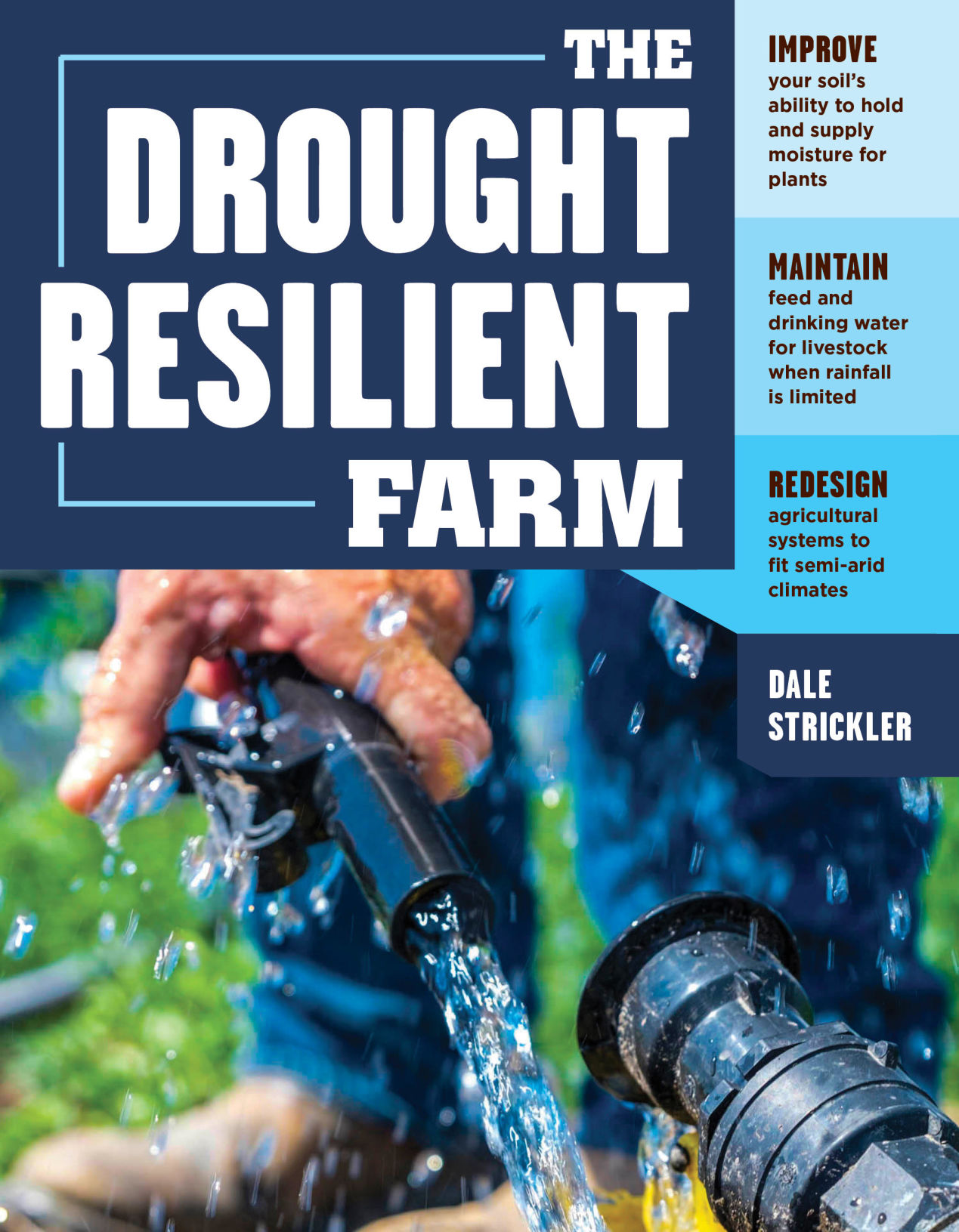Strickler writes a blueprint for farming during weather extremes

Dale Strickler was a keynote speaker at High Plains Journal’s inaugural Soil Health U in January. He mentioned that he had written a book called “The Drought Resilient Farm,” to be published in June. We wanted a crack at reviewing the book and my review copy came a few weeks ago.
It was worth the wait.
“The Drought Resilient Farm” is a guide on how to reduce the impact of less-than-optimal rainfall on farms and ranches. From offering guidance on how to improve the soil so it will “bank” more water (to cash crops, add grazing and year-round cover) to helping plants use that water (plant diversity, reducing tillage, adequate fertility), Strickler dives into how these practices work in combination to make the soil more resilient to weather extremes.
Strickler knows this first-hand; he ranches in Republic County, Kansas, near the Nebraska border in the center of the state.
He grew up in southeast Kansas, where environmental conditions can be tough. He cites the lessons learned on the family farm, where it was often too muddy to plant corn on time, but rain in May and June would help the corn look great. Seemingly every July, however, the corn would begin to go backward and the once-promising crop would fail.
“My father was the hardest-working man I ever knew.…I watched the despair in his face from the helplessness of watching the hard-earned fruits of his labor all too often shrivel up and die,” Strickler writes.
Why didn’t it work?
He vowed to learn why the crops on his father’s farm succumbed to weather extremes and what could be done to prevent that from happening. That vow led to a professional career as a college agronomy instructor, and now as an agronomist with a cover crop seed supplier, in addition to years spent studying grazing methods and techniques on his own operation. He learned that farming practices of the day didn’t lend themselves to soils resilient enough to handle tough conditions.
His research has paid off with an informative guide to soil improvement, livestock integration including grazing and water management and integrated farming systems that improve a farmer’s profit prospects.
Strickler cites research from dozens of universities and organizations. The book has color photographs and illustrations throughout that can help readers put complex concepts into practice. Many of these strategies will work on any farm in the High Plains, with tweaking.
Shift the mindset
However, this book may not be for everyone. Strickler admits that much of his thinking is a radical departure from the practices that most farmers currently deploy. There are clear reasons how his thought process works—for example, what sense does it make to spend a lot of money to grow a corn crop, harvest the crop with an expensive combine and haul it to a local elevator only to have it shipped to a feedlot, when a producer can have steers graze the field in the first place and eliminate unnecessary expenses? Also, the practice of fallowing ground is very inefficient in terms of water storage—only 25 percent of the precipitation that falls is actually stored, with the rest lost to evaporation. Thus, he advocates growing cover crops in between cash crops, particularly during summer fallow. There is solid, research-based rationale behind all these practices. They just take a shift in mindset.
One who reads “The Drought Resilient Farm” begins to gain an understanding that in some cases, more acres farmed is not the path to prosperity. Instead, doing more with fewer acres may not only be profitable, but sustainable.
Bill Spiegel can be reached at 785-587-7796 or [email protected].



